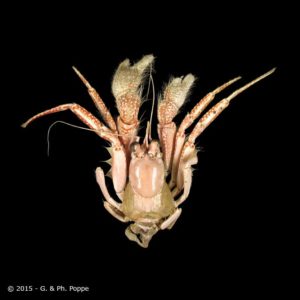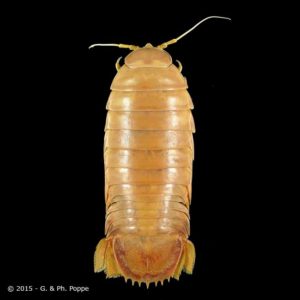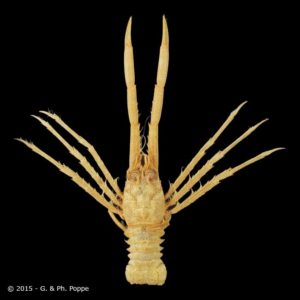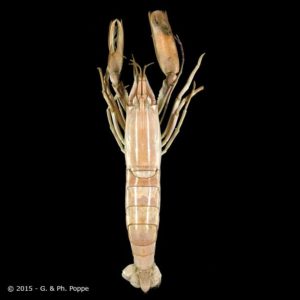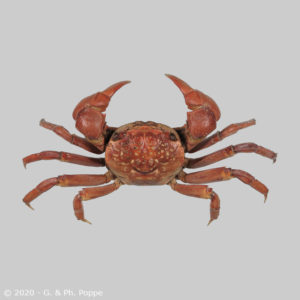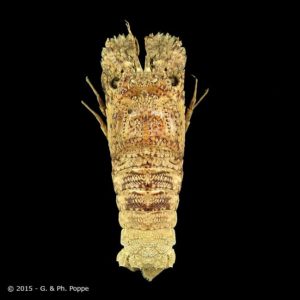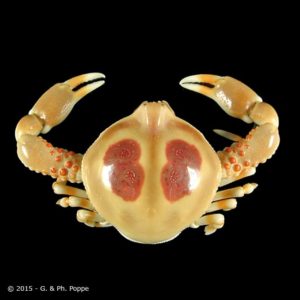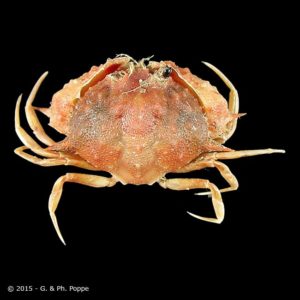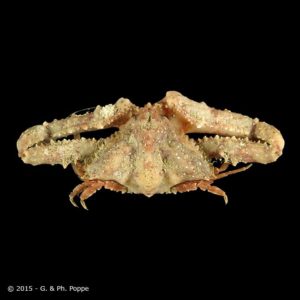This website
is dedicated to
Crustaceology
The Branch of zoology that deals with the study of Crustaceans.
an encyclopedia of worldwide crabs, shrimps and lobsters by Guido T. Poppe
614 species and 1455 photographs
Search the encyclopedia by scientific names:
View all families
Visit the Encyclopedia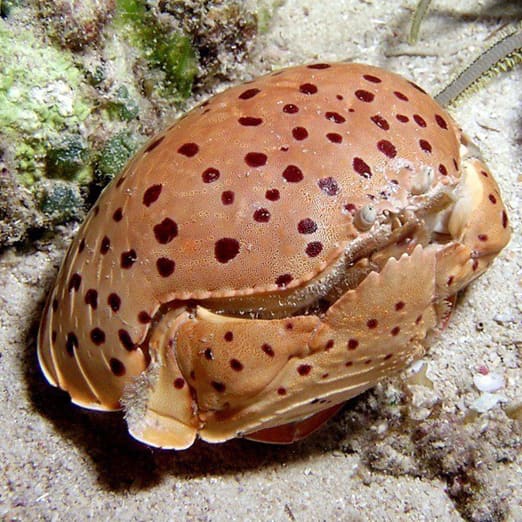
Crabs
View all images of 34 families of crabs documented in nature on Poppe Images
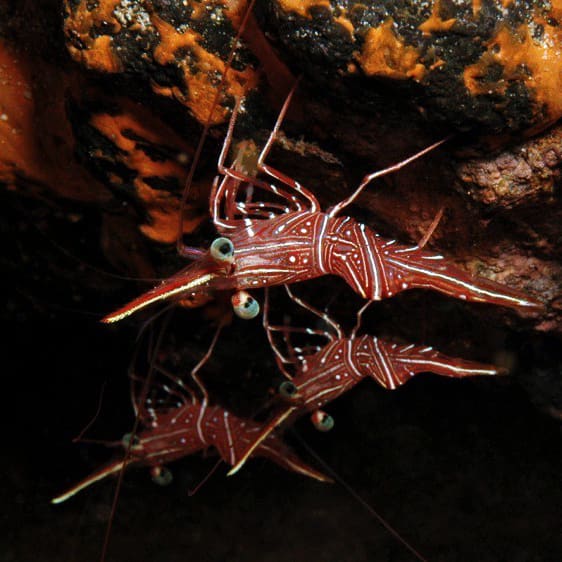
Shrimps
View all images of 22 families of shrimps documented in nature on Poppe Images
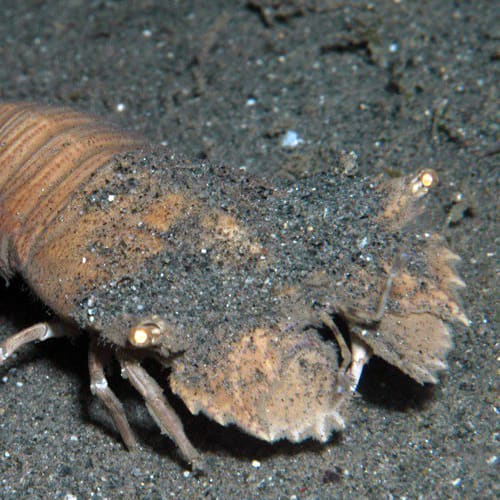
Lobsters
View all images of 15 families of Lobsters documented in nature on Poppe Images
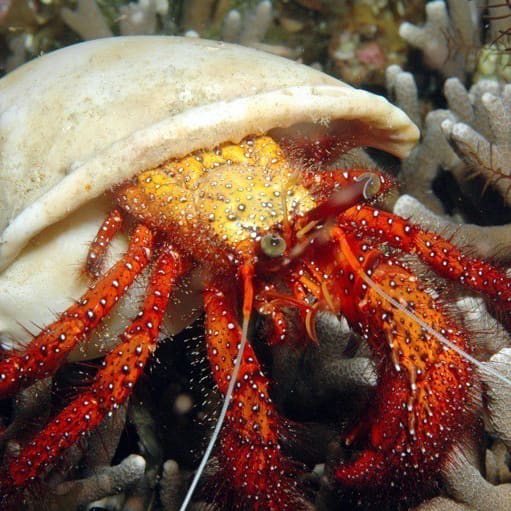
Hermit Crabs
View all images of 5 families of hermit crabs documented in nature on Poppe Images
As a naturalist or as a collector, we invite you to visit:
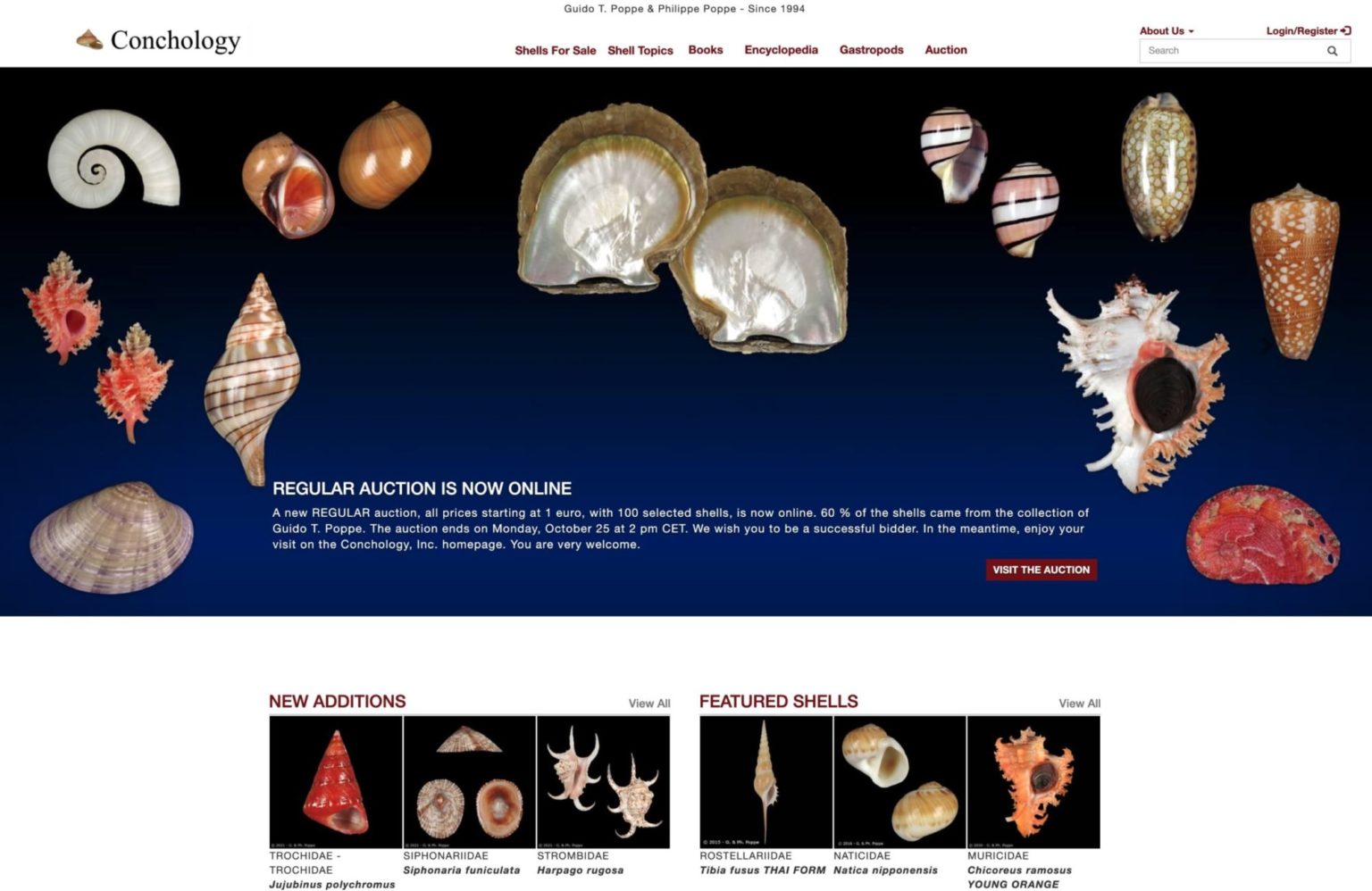
Conchology, Inc.
Search in over 154,300 photographed and scientifically documented shells. Visit our encyclopedia with 41,800 displayed seashells. Your searches will allow you to find any shell online quickly and easily. We add thousands of new shells weekly, subscribed or register to our newsletter to receive updates.
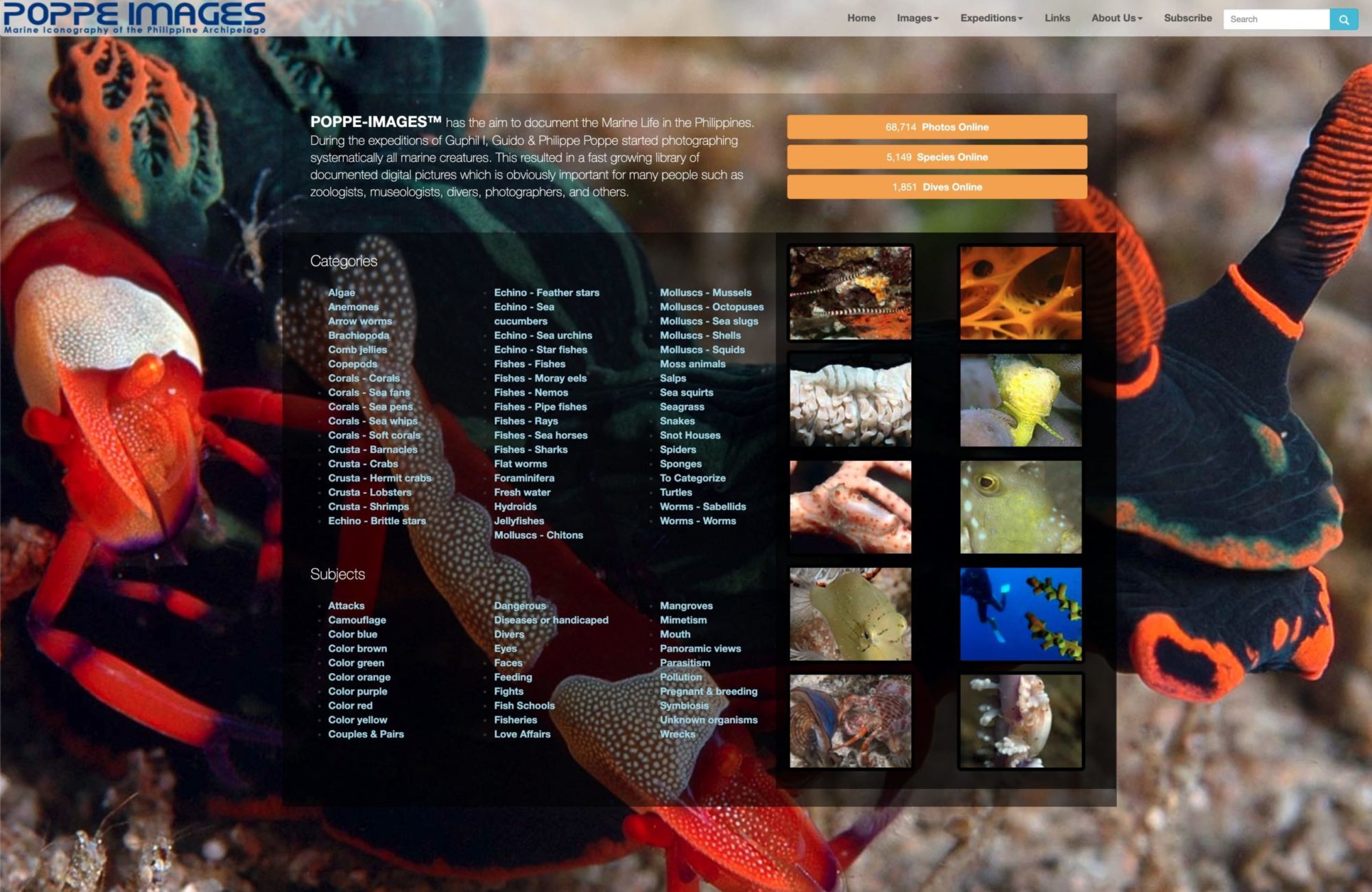
Poppe Images
Marine Iconography of the Philippine Archipelago. Enjoy over 68,700 marine life photos from the Philippines.
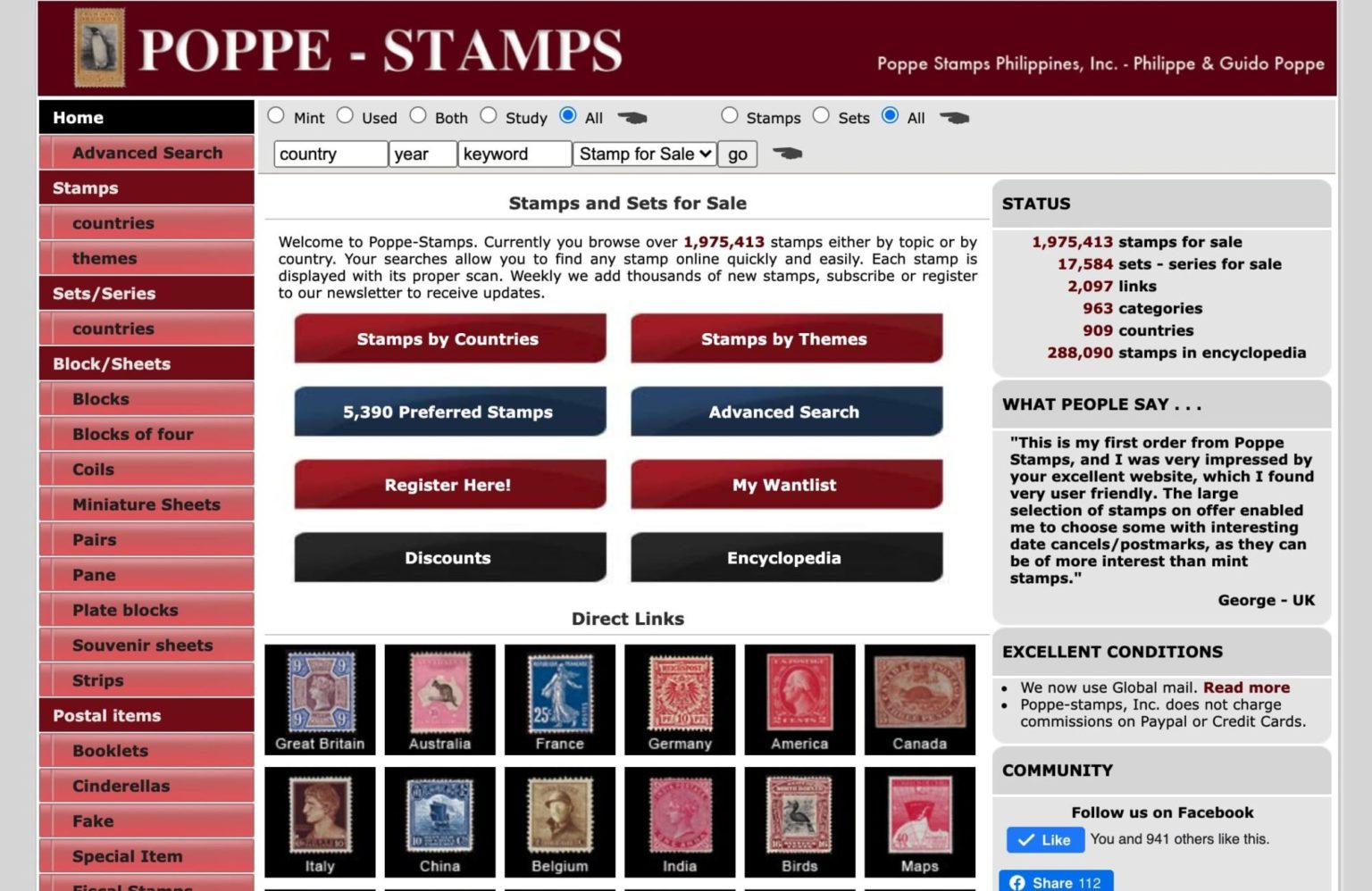
Poppe Stamps, Inc.
Browse over 2,005,800 stamps either by topic or by country. Your searches allow you to find any stamp online quickly and easily. Each stamp is displayed with its proper scan. Weekly we add thousands of new stamps, subscribe or register to our newsletter to receive updates.

